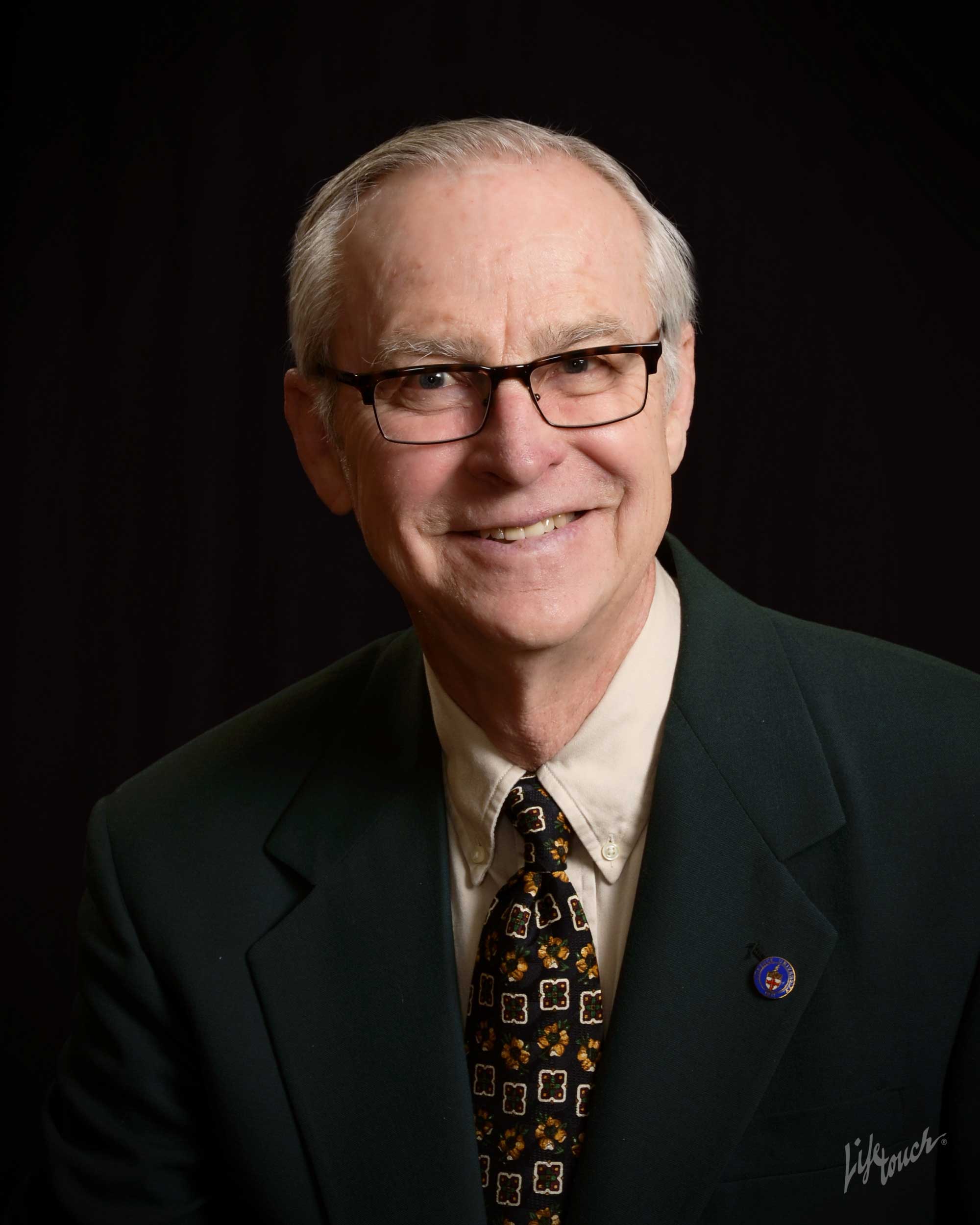John C. Palmquist was born in Omaha, NE in 1934. As a young boy in Marquette, MI he gained an appreciation for nature while playing among rocks along the shore of Lake Superior. He received his bachelor’s degree from Augustana College (IL) in 1956 and his PhD from the University of Iowa in 1961.
His pre-teaching experiences included work with the U.S. Geological Survey collecting data on groundwater in Kentucky, exploring for iron ore in Michigan for a mining company, petroleum exploration for Shell Oil in Montana, and Chevron in Louisiana. One consulting assignment was as far away as Argentina.
After a year in New Orleans with the California Company, exploring for oil and gas in the Gulf Coast, he joined the faculty at Monmouth College in Illinois. While there he was active in the Associated Colleges of the Midwest (ACM). In particular, he organized and led joint field trips to Colorado for students and faculty from Monmouth, Knox and Lawrence. He also co-wrote a successful National Science Foundation grant and collaborated in the development of the ACM “Introductory Geology in the Rocky Mountains.” This course was started at Montana State University in Bozeman, MT and continued for several years at Colorado College in Colorado Springs. Its premise was to have students interpret the geologic history of a region from first principles, as seen in the field, and utilize minimal lecturing by faculty. It’s goal was to increase the number of geology majors in the ACM colleges.
At Lawrence University
In 1968 Palmquist arrived at Lawrence University’s geology department, joining Ron Tank and Ted Ross. The collegial relationship of these three was a major factor leading to a stimulating, enjoyable and productive period during their tenure at Lawrence. Every small college geology professor must teach a wide range of courses. Palmquist’s courses ranged from Freshman Studies and Introductory geology to more advanced mineralogy, petrology, structural geology and tectonics seminars. Throughout, he continued to build field work into the program. He stressed ‘hands-on experience’ through field work as much as possible. In summers he gained valuable experiences and brought rock collections, and slide illustrations to bring back to his classes. Among the programs he participated in are: Geology of the Lake Superior Region, Volcanic Rocks of the Yellowstone Area, Volcanology in Hawaii, Great Britain’s Classic Geologic Sites, National Parks of Costa Rica and the Geology of the Appalachian Region. He taught field courses in various parts of the Rocky Mountains for major universities (including Kansas, Arizona, Northern Arizona, Illinois and Indiana). These experiences directly and indirectly enriched his teaching on campus and increased the understanding he provided to students on field trips. He led Spring Break field trips to geologically interesting places warmer than Wisconsin in late March (Southern Colorado, Grand Canyon, Death Valley, Big Bend, etc.). A very special field trip was funded by a N. S. F. grant for $14,000 and was entitled Sedimentation and Tectonism at a Convergent Plate Margin, Quebec and Newfoundland. The grant, co- directed by Dr. Tom Westervelt of Fort Lewis College, Colorado enabled Lawrence and Fort Lewis students to do field geology in the Maritime Provinces of Canada.
He has traveled throughout North and Central America, Europe and the western Pacific. Pacific locales included Micronesia (Truk, Yap, Palau), Highlands of Papua New Guinea, Australia and New Zealand. Travel to Indonesia in 1994 (Bali, Lombok, East Java) provided opportunity to climb volcanoes, snorkel and SCUBA dive and experience the rich artistic and other cultural expressions as well as learn the geology of this fascinating region. Travel modes included outrigger canoe, pony cart and rickshaw to maximize contact with the people. This experience contributed directly to one of his classes, Planet Earth, a course that examined global geologic phenomena from the perspective of plate tectonics, emphasizing modern plate motions, related geologic processes and hazards. The work focused on the geology of Indonesia.
Palmquist was involved in professional organizations throughout his career. He regularly attended national and regional meetings of the Geological Society of America, presenting papers and participating in field trips. He especially enjoyed meetings of the Institute on Lake Superior Geology Organization for their mix of academic, mining and government geologists. When his students gave papers at these meetings he was very proud of their ability to present their work to a professional audience. His offices held include: President, National Association of Geoscience Teachers; President, Central Section of National Association of Earth Science Teachers and Past Disciplinary Editor, Council on Undergraduate Research. Palmquist believed in the value of scholarly activity, both because he enjoyed doing research and because it contributed to his teaching. He published more than forty articles, abstracts (many with students), reviews and two books. The two books are:
1975, with R. R. Reid and W .J. McMannis, Precambrian Geology of the North Snowy Block, Beartooth Mountains, Montana, Geol. Soc. of America Special Paper 157, 135 p.
1988, Wisconsin’s Door Peninsula – A Natural History, John C. Palmquist, Editor, Perin Press,196 p.
In 1996 he joined the faculty of the University of Pittsburgh’s Semester at Sea, a program in international education that emphasizes comparative global studies. Visits to ports in South America, Africa, India, and Asia are included in this ’round the world’ voyage.
